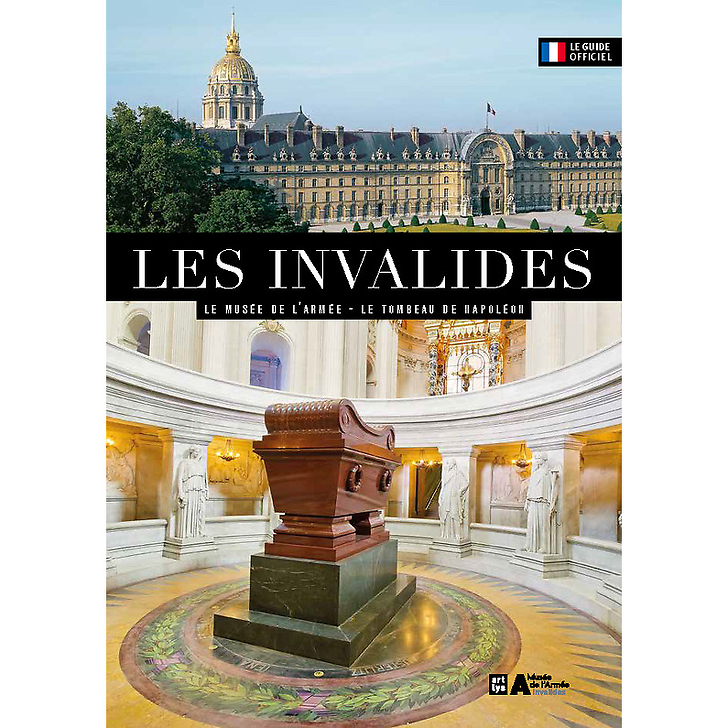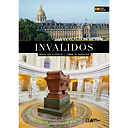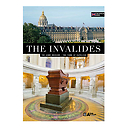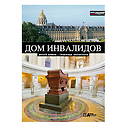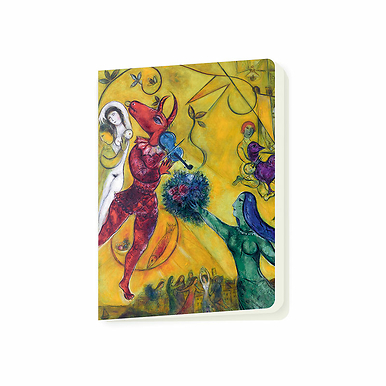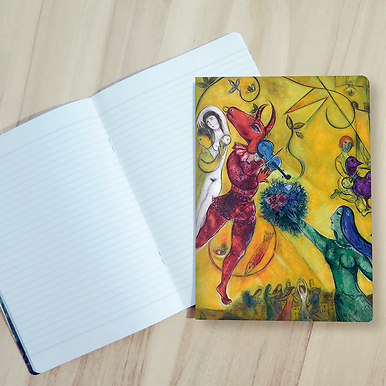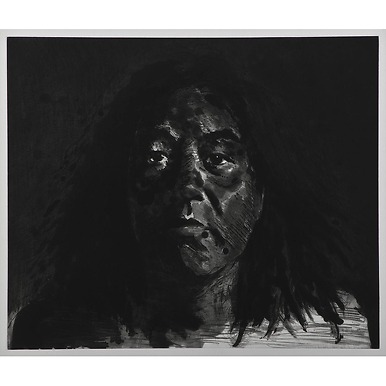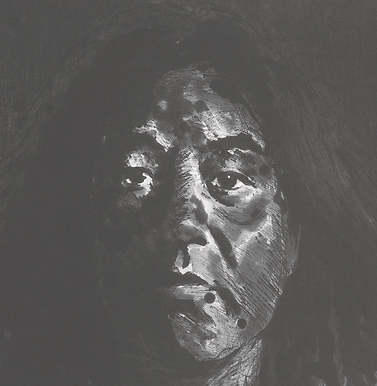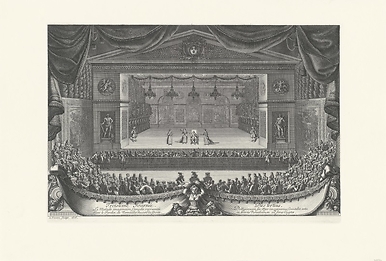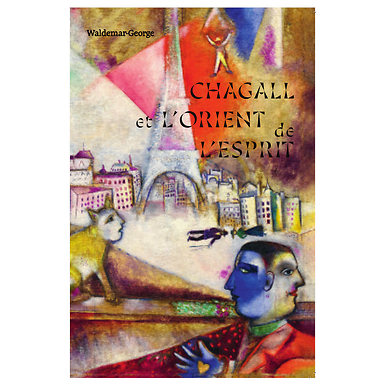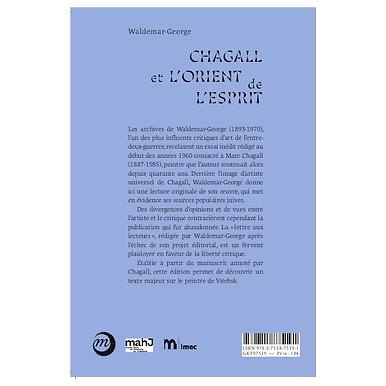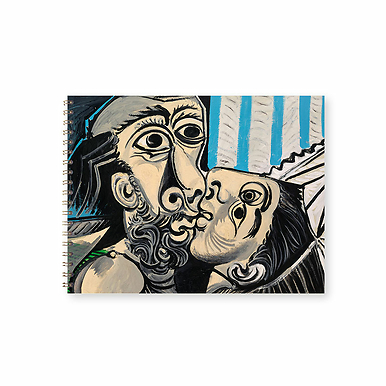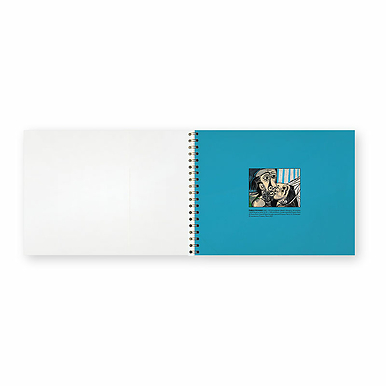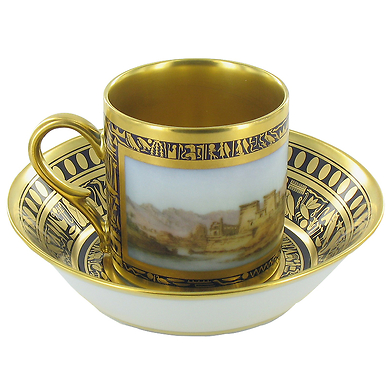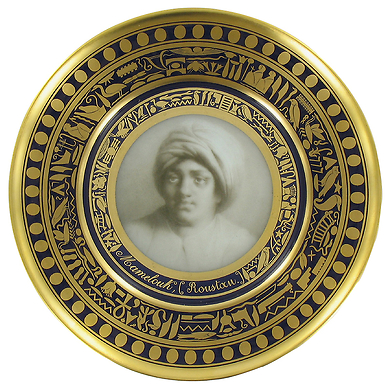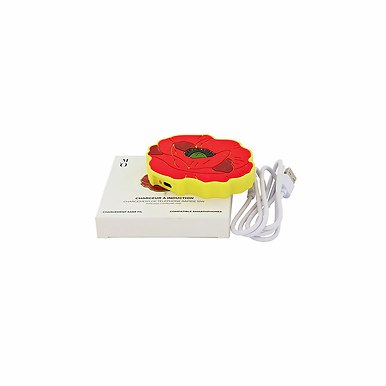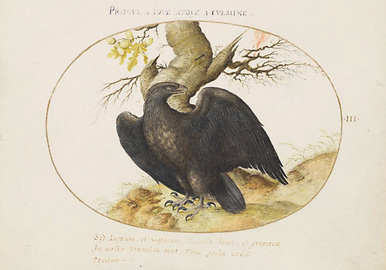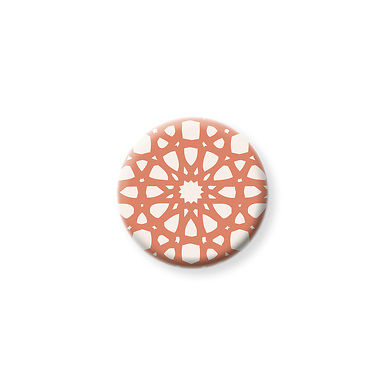Les Invalides. The tomb of Napoleon I - The Army Museum
GK197259
he Army Museum, at the centre of the Hôtel National des Invalides, is at the crossroads between several emblematic and themed spaces.
The Army Museum was created in 1905 when the Artillery Museum merged with the Army History Museum. The Army History Museum was founded in 1896 by a company called La...
Read more
he Army Museum, at the centre of the Hôtel National des Invalides, is at the crossroads between several emblematic and themed spaces.
The Army Museum was created in 1905 when the Artillery Museum merged with the Army History Museum. The Army History Museum was founded in 1896 by a company called La Sabretache. Its Chairman, the painter Edouard Detaille, wanted to use his own collections to put together a national military museum based on b.
It contains some of the world's most prestigious collections, including old weapons and armour (the 3rd biggest in the world), small artillery models (unique in the world) and a unique set of 19th-century items relating to Napoleon I and the marshals of the Empire in particular.
The Army Museum is one of the biggest museums of military art and history in the world. Its location within a military monument like the Hôtel National des Invalides gives it exceptional character. There are few military museums that offer such a large collection of works and cover such a wide range of historical eras.
The tomb of Napoleon I
On 5 May 1821, Napoleon I passed away on the island of St. Helena, where he had been in exile since 1815. He was buried near a spring, in the shade of a few weeping willows, in the "valley of Geraniums". His remains stayed there until 1840. In 1840, King Louis-Philippe decided to transfer the Emperor's body. French sailors, under the command of the Prince of Joinville, brought his coffin to France aboard the ship "Belle Poule".
A state funeral accompanied the return of Emperor Napoleon I's ashes, which were transferred to Les Invalides on 15 December 1840 while the tomb was being built. The architect Visconti (1791-1853) was commissioned to make it in 1842 by King Louis-Philippe, who had extensive work carried out beneath the Dome, involving an immense excavation to create a space for the tomb. The body of Emperor Napoleon I was placed there on 2 April 1861.
The tomb, sculpted from blocks of red quartzite and placed on a green Vosges granite base, is surrounded by a laurel crown and inscriptions referring to the Empire's great victories. Surrounding the Tomb, twelve "Victories" sculpted by Pradier symbolise Napoleon's military campaigns. 8 famous victories are inscribed on the polychrome marble floor. In the circular gallery, a set of 10 bas-reliefs sculpted by Simart depict the main achievements of his reign: pacification of the nation, administrative centralisation, State Council, Civil Code, Concordat, Imperial University, court of accounts, code of commerce, Major Works and the Legion of Honour. At the back of the crypt, above the slab on top of the King of Rome's grave, stands a statue of the Emperor clad in the symbols of the Empire.
---
If this item is displayed as « temporarily unavailable », and you would like to place an order, please contact us.
Close
Login to see prices
Sold by GrandPalaisRmn

